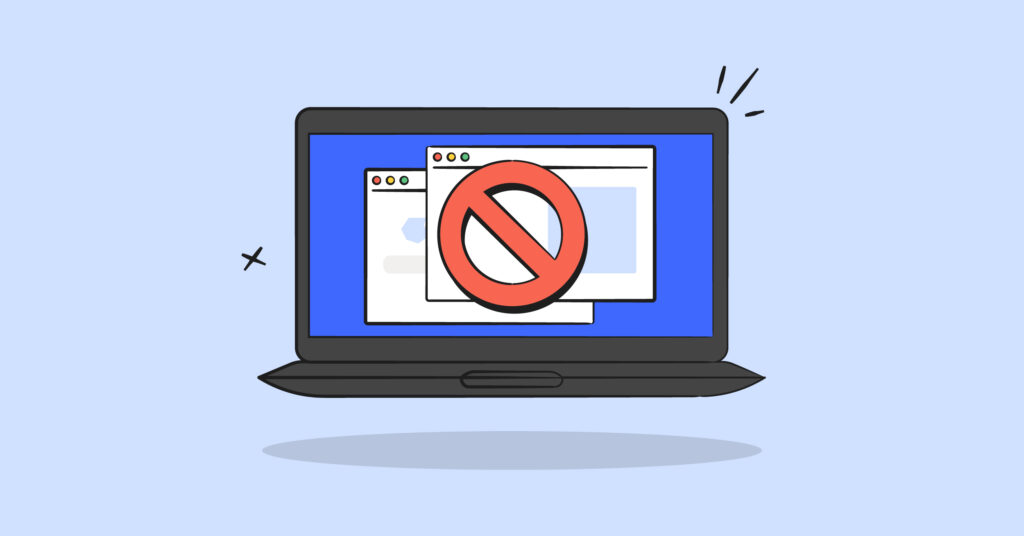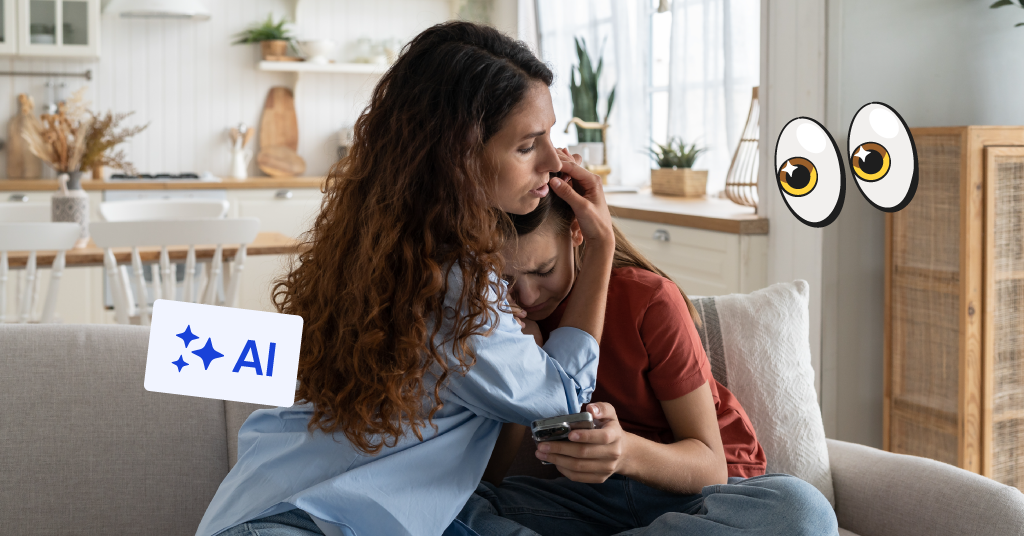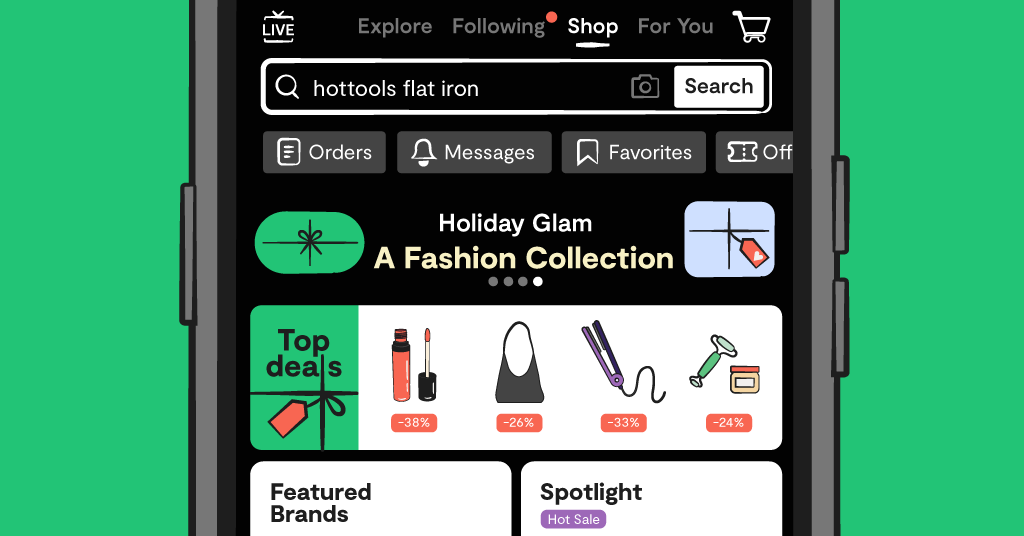
**Please note: This blog post was updated on May 16, 2024.**
Ever wonder about the safeguards your child’s school puts in place for online activities? Many schools have rules in place when it comes to web blocking for all devices on school grounds, as well as school-issued computers that are sent home with children.
According to the American Association of School Librarians (AASL), 98% of schools are now filtering all website content that is available to students. This can look different depending on the school, but most schools use software to block potentially offensive content while others take a more manual approach by supervising students while they work in the classroom.
We want to make sure parents stay in the know about their child’s internet safety, no matter where they are. So this post is going to break down all the big questions, like how do schools block websites and why, what exactly they are blocking, and how this information could help you decide what to block at home.
Why and How Do Schools Block Websites?
So why did schools start blocking websites in the first place?
The answer is because of something called the Children's Internet Protection Act (CIPA). In 2000, Congress passed this act that placed certain restrictions on schools and libraries receiving internet services through the E-rate program (this program provides affordable internet services to schools and libraries that need it). The act requires these schools to block websites on all computers accessible by minors that contain the following types of content:
- Obscenity
- Child pornography
- Images harmful to minors
CIPA also requires schools to follow other guidelines, including monitoring student activity while they’re actively using school or library computers. Schools that do not use the E-rate program to receive internet services may still decide to follow suit and block websites on their devices as well. In addition to CIPA, some states have regulations that their schools have to follow when it comes to website blocking.
The goal of these rules and restrictions is simple: to protect kids from harmful and distracting content on the internet.
There has been some debate about whether or not schools should be blocking certain websites. You might be wondering, “What is the argument against blocking inappropriate content?” Good question. The leading opinion is that blocking websites is a form of censorship, which will do more damage in the long run. Restricting content could prevent kids from fully forming their own beliefs and ideas.
While there is some validity to this, it hardly seems to outweigh the damage of not blocking harmful websites. Kids should have the freedom to learn about a variety of topics to form their own opinions, but that doesn’t mean they need access to all the ugliness of the internet to do so.
The Most Common Websites To Block For Schools
You can most likely guess what sort of websites are blocked on school grounds. First and foremost, it’s popular sites and apps kids will be tempted to visit. Some examples include:
- TikTok
- Hulu
- Amazon Prime
- Netflix
- Spotify
- YouTube
- Discord
- Snapchat
These are just a fraction of the websites to block for schools. There are thousands more that easily make the list. Some schools block entire categories of content, taking away the need for human analysis of individual websites.
Reasons to Block Websites at Home
So what does all of this mean for you at home?
One takeaway is that if schools, state legislatures, and even Congress have gone so far as to require website blocking and content monitoring, that probably means this is a prevalent and serious issue. And if kids are willing to test the boundaries of internet browsing at school, how much more willing are they to test the boundaries in the comfort of their own home?
If you’ve been a parent for any amount of time, no one needs to tell you that kids are vulnerable and easily impressionable. So when the internet gives them access to loads of adult content — drugs, sex, guns, and violence, to name a few — it’s super important to have a support system in place. And that support system starts at home.
It’s important to know that this will look different for every family. There is a lot to consider when it comes to making internet rules for your kids. Let’s start with age. It’s a little easier to decide what’s appropriate and what’s not for young kids. But the older they get, the more they are going to want some freedom in what they do online. And sometimes, giving them that freedom is the best thing to do. But even still, there’s more to consider. Do they get distracted easily and will the internet only add to that? Are they sensitive to bullying and the opinion of others on social media sites? Can you trust that they won’t share personal information with strangers they meet online? Maybe they have a developmental disability that will prevent them from understanding the consequences of certain online activities.
Sounds stressful, doesn’t it? We won’t sugar-coat it, it’s hard parenting in the digital world. But the good news — actually, the best news — is that you don’t have to do it alone! There are so many resources to help you navigate all the important decisions that come with introducing your kids to the internet.
The Simple Way to Block Websites on Phones, Tablets, Computers
The first step you can take in terms of website blocking is to use add-on extensions for Chrome or Firefox. This will allow you to block individual websites on any computer or mobile device. It’s simple enough but definitely time-consuming to figure out which websites to block and then actually block them one by one.
That’s why Bark offers a faster and even simpler solution. Bark allows you to block websites and apps by category, as well as set screen time schedules so you can help set healthy boundaries. This gives you all the control with none of the tedious work, so you can rest easy that your kids are better protected.
To get started, learn how Bark works and start your free trial today.
Read more
Bark helps families manage and protect their children’s digital lives.





